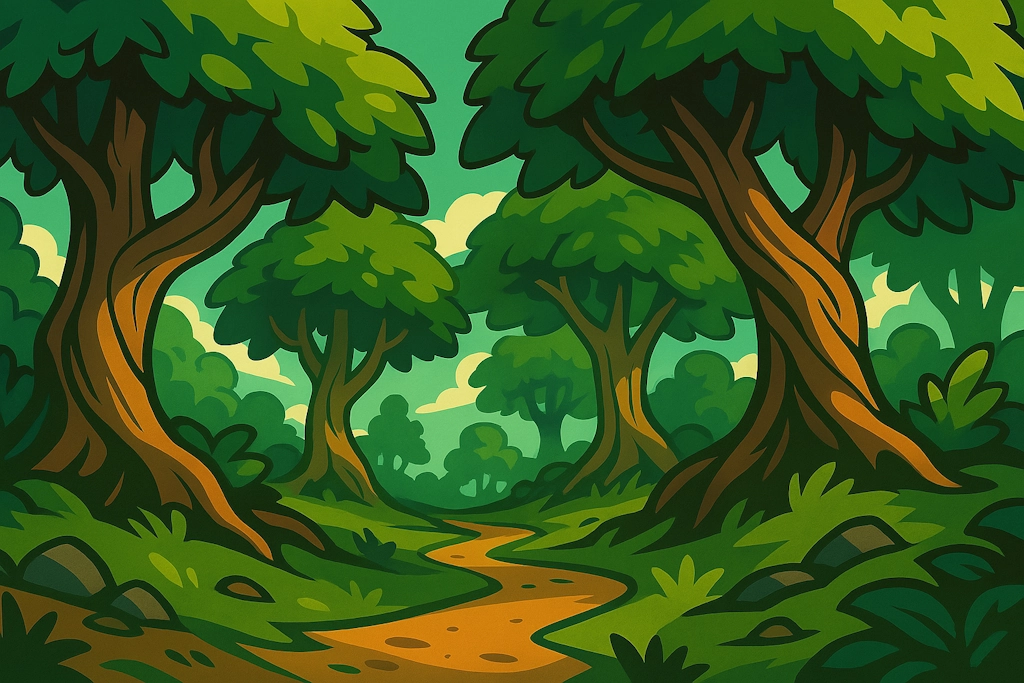🌲Forests Names
Generate mystical names for ancient woodlands, enchanted groves, and magical forests.

Forests Names
Generate mystical names for ancient woodlands, enchanted groves, and magical forests.
Featured Collection
Want more natural landmarks content?
Generate 5 more themed items together in one click
Example Forests Names
Get inspired by these sample results
- The Whispering Grove
- Moonlit Sanctuary
- Grove of the Ancient Oak
- The Emerald Woodland
- Misty Willow Vale
- Twilight Haven
- The Sacred Grove
- Forest of the Silver Birch
- The Enchanted Thicket
- Verdant Shadow Wood


